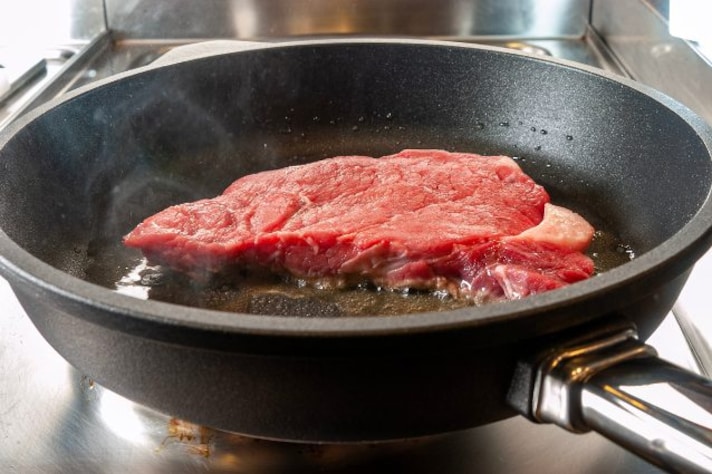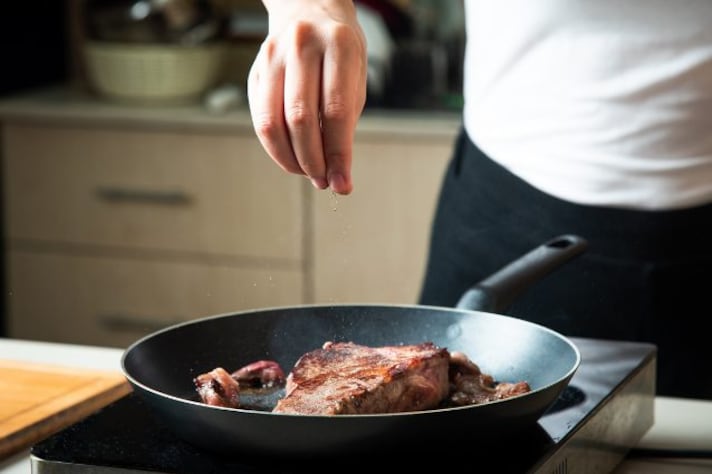
There’s nothing more unappetizing than a piece of meat that turns out tough, looks like it’s been boiled, and is just plain unpleasant to chew. You put it in the pan to sear, expecting that beautiful caramelized crust, but what went wrong?
First Things First, What is the Searing Process?
Searing is a crucial step in cooking meat, involving high heat to create a flavorful, caramelized crust on the surface. This process, known as the Maillard reaction, occurs when proteins and sugars in the meat react under high temperatures, forming complex flavors and a rich, brown exterior. Not only does this crust enhance the taste, but it also locks in the juices, ensuring the meat remains tender and juicy inside. Without proper searing, meat can end up lacking flavor and moisture, leaving you with a disappointing meal.

The Perils of Low-Heat Searing
Searing meat over low heat is a common mistake that leads to undesirable results. Low heat fails to reach the temperatures necessary for the Maillard reaction, meaning the meat won’t develop that coveted crust. Instead, it will slowly cook through, giving it a boiled or steamed appearance and texture. This not only robs the meat of its potential flavor but also causes it to become tough and chewy. The moisture that should be sealed inside seeps out, leaving the meat dry and unappetizing. So, while it might seem safer to cook at lower temperatures, it’s actually counterproductive for achieving the perfect sear.
The Science Behind High Heat
When searing meat, high heat is essential for achieving that mouth-watering crust. The temperature needs to be high enough to quickly brown the exterior without overcooking the interior. High heat triggers the Maillard reaction almost instantly, creating layers of flavor and a tantalizing aroma. It also ensures that the juices are sealed within the meat, keeping it moist and tender. Using low heat, on the other hand, extends the cooking time, allowing the juices to escape and the meat to toughen. Imagine trying to tan in the shade – you’re not going to get that golden glow!

The Perfect Temperature for Searing
To achieve the best sear, preheat your pan on medium-high to high heat until it’s very hot. A good indicator is when a drop of water sizzles and evaporates almost immediately upon contact. Add a small amount of oil with a high smoke point, like vegetable or canola oil, and let it heat until shimmering. Carefully place your meat in the pan, ensuring it makes full contact with the surface. Resist the urge to move it around too soon; let it sear undisturbed for a few minutes to develop that beautiful crust. The ideal temperature range for searing meat on a stovetop is between 400°F and 450°F (200°C to 230°C). This high heat is what will transform your meat into a culinary masterpiece.
;Resize,width=767;)
